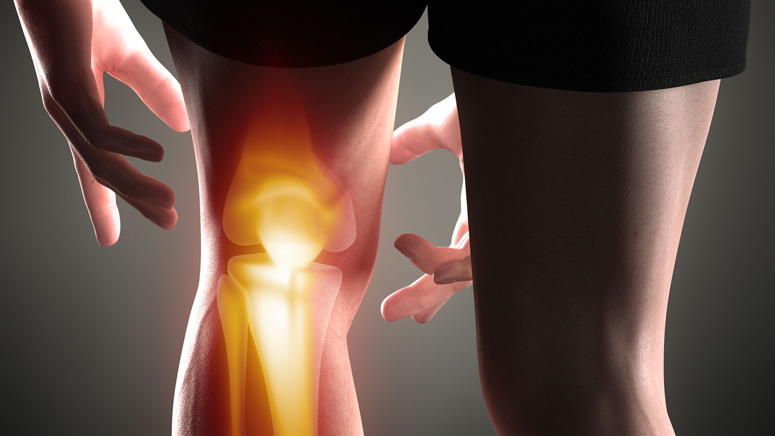Anterior cruciate ligament (ACL) reconstruction is a surgery that is done to restore knee stability and strength after the ligament has been injured or torn. The procedure usually involves removing remnants of the torn ligament and replacing it with another ligament from your body or with a tissue from a cadaver.
The knee is a hinge joint, held together by four important ligaments that connect bones to each other:
- Anterior cruciate ligament (ACL)
- Medial collateral ligament (MCL) [1]
- Lateral collateral ligament (LCL) [2]
- Posterior cruciate ligament (PCL) [3]
The anterior cruciate ligament runs diagonally from the femur to the tibia. Its primary role is to stop the tibia from slipping in front of the femur. It also offers stability to the knee when it rotates from side to side.
What to Know about ACL Injuries

Various research shows that an ACL tear is one of the most common knee injuries. It is common amongst people who engage in high-impact sports such as:
- Basketball
- Football
- Soccer
- Skiing
- Hockey
In most cases, these injuries happen without impact to another player. According to the American Academy of Orthopaedic Surgeons (AAOS), they commonly occur when an athlete pivots or twists during play.
Studies show that about 200,000 anterior cruciate ligament injuries occur every year in the United States, and according to the AAOS, about half of those injured have to undergo ACL reconstructive surgery.













